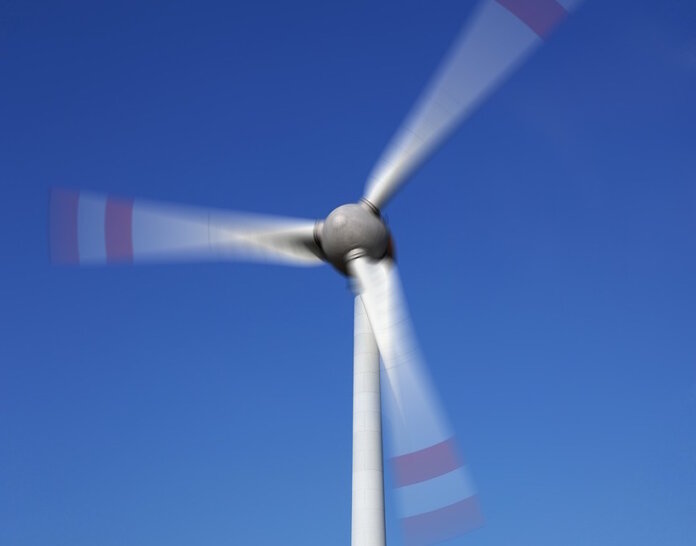The Business Network for Offshore Wind (BNOW) recently released its U.S. Offshore Wind Quarterly Market Report. In addition to featuring key metrics of both federal and state government activities between April and June 2023 that affect the U.S. offshore wind industry, it highlights a series of significant firsts.
The U.S. offshore wind industry has at last begun to take off, making history this quarter. Work got under way at two commercial projects – Vineyard Wind (Massachusetts) and South Fork Wind (New York) – a little more than a decade after winning their initial lease. Both projects had their first steel in the water as they began installation of their initial foundation and monopiles. The next step is turbine installation, which will continue throughout the summer.
Two local firms, Southwire at Vineyard Wind and Haugland Group at South Fork, completed important onshore transmission work and offshore cable installation has been ongoing at the projects. Once complete, they will produce 936 MW of power combined, enough to power approximately 470,000 homes.
In the midst of supply chain difficulties and a volatile economy that has pushed prices up at least 20% since the pandemic, several major offshore wind developers began giving their projects a second look. In some cases, as in Massachusetts, two developers, representing 2.4 GW combined, have petitioned to withdraw their contracts completely, even at the risk of paying a hefty fine, saying they would rebid in a new procurement round.
The developers of four projects (totaling 4.2 GW) in New York have requested that the state amend their financial agreements in light of inflation and allow interconnection cost sharing. Both New Jersey and Maryland have attempted to head off similar issues by passing legislation that allows projects to retain savings from Inflation Reduction Act tax credits.
Since the spring the offshore wind industry has breathed new life into many facets of commercial-scale manufacturing across the country, contributing to a burgeoning U.S. supply chain. South Carolina, Texas, Rhode Island and New Jersey are among the states now producing components such as export cable, foundations and monopiles. The first U.S.-built offshore wind substation was designed and constructed domestically as well.
To augment the manufacturing, more than a dozen states are also planning facilities to continue meeting the industry’s substantial demands. Steel plants in Maryland, Ohio and Texas are either being built from the ground up or modernized to the tune of hundreds of millions of dollars. In Long Beach, Calif., a $4.7 billion proposal to create the largest offshore wind port facility in the U.S. was unveiled. If all goes as planned, construction will begin in 2027.
The boom in offshore wind isn’t limited to the northeastern part of the country. Other areas such as the mid-Atlantic region and Midwest are vying to become new markets. California, Delaware, Illinois, Louisiana and Maine are currently all considering offshore wind projects in one form or another. Sooner than later the Great Lakes, Gulf of Mexico and Pacific Ocean might all be experiencing their own firsts.
Image by Markus Kammermann from Pixabay.




